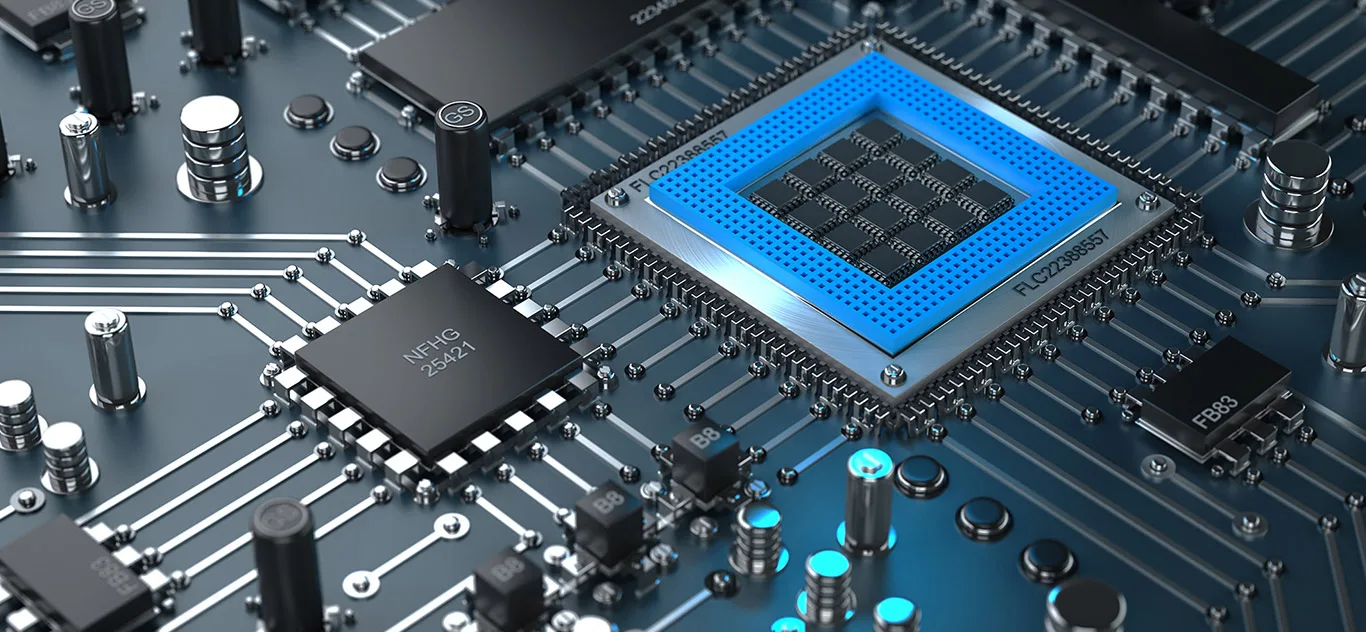If data is the new gold, then semiconductors are the picks and shovels of the digital age.
From smartphones to satellites, every piece of modern life runs on tiny slabs of silicon—and global power is increasingly defined by who controls them.
In 2025, the chip war has become geopolitical. The US, Taiwan, China, South Korea, and the Netherlands are locked in a high-stakes race for dominance.
Companies like TSMC, ASML, and Samsung are no longer just corporations—they’re strategic assets.

The EUV lithography machines built by ASML are so complex that only a handful exist worldwide. China, still restricted from acquiring them, is investing billions to develop domestic alternatives.
Meanwhile, AI chip demand has exploded as generative models require exponentially more compute power. NVIDIA’s revenue surged past $100 billion, turning GPUs into modern-day oil barrels.
But this dependence comes with fragility. Earthquakes in Taiwan or trade sanctions can ripple through global supply chains, halting production of everything from electric cars to missiles.
The future of technology, it seems, won’t just be decided by innovation—but by who can print the smallest transistor first.
News
The Ghost in the Machine: When Artificial Intelligence Starts Asking Who It Is
There’s a strange hum in the background of modern civilization. It’s the sound of millions of processors thinking — not…
Robotics Gets Emotional: The Quest to Build Machines That Feel
Robots can walk, talk, and even dance — but can they care?The next frontier of robotics isn’t physical dexterity; it’s…
The Age of Synthetic Life: Programming Biology Like Code
For billions of years, evolution shaped life through randomness. Now, humans are editing nature with precision. Synthetic biology is the…
Deepfake Nation: When Reality Itself Becomes Editable
In 2025, truth no longer needs to be destroyed — it just needs to be remixed.Deepfakes have evolved far beyond…
The Blockchain Beyond Crypto: The Quiet Revolution You Missed
Crypto made headlines — but blockchain’s real revolution was never the coins. It’s the infrastructure beneath them. Think of blockchain…
The AI Arms Race in Education: Learning Without Teachers?
In classrooms from California to Seoul, students are learning from something that isn’t human. AI tutors are grading essays, generating…
End of content
No more pages to load












